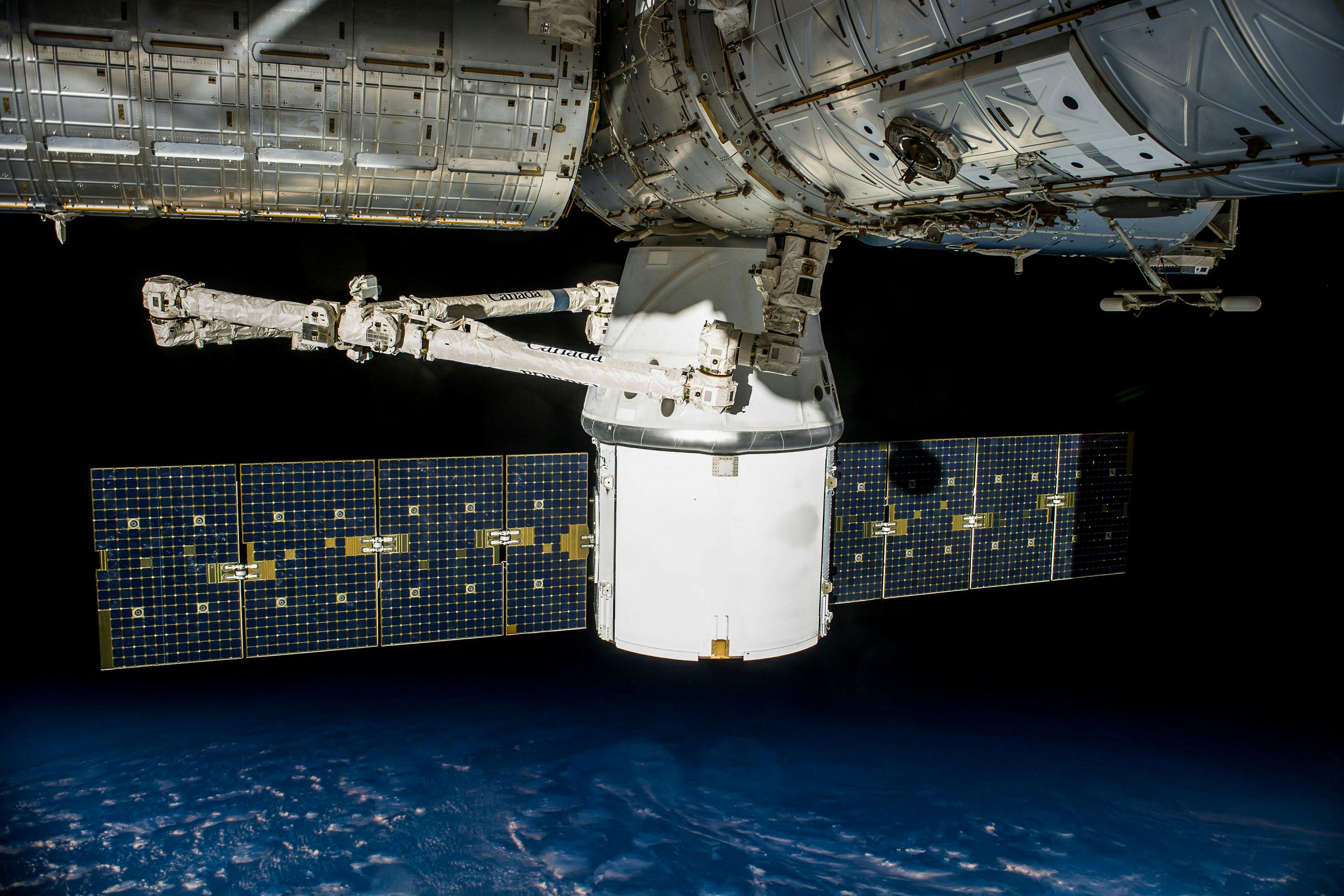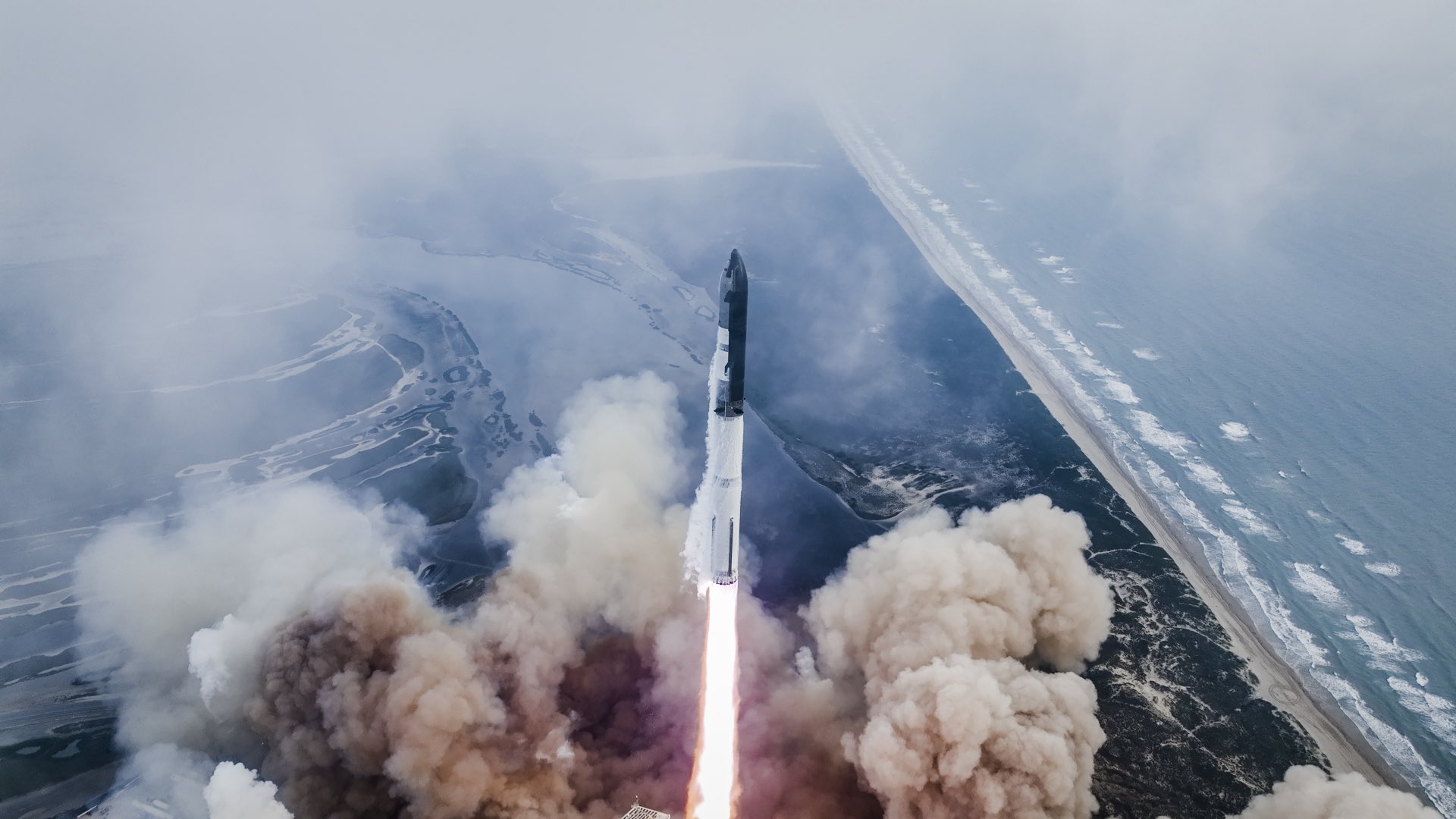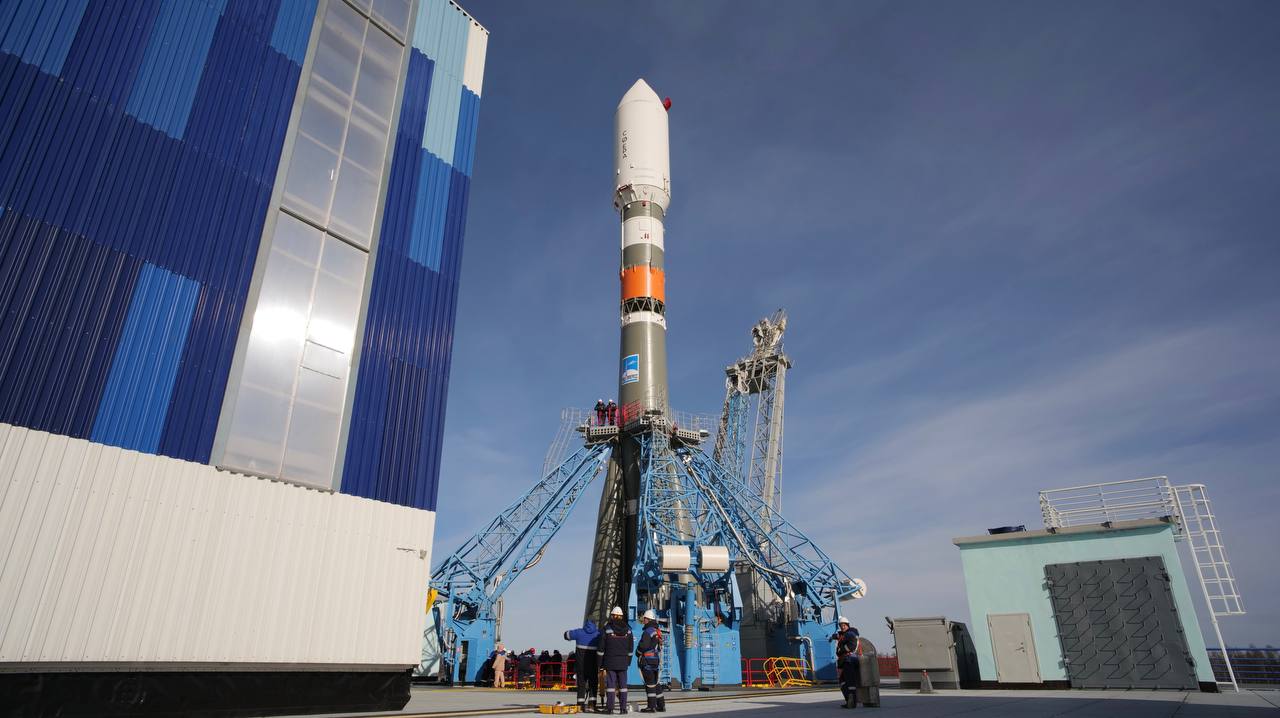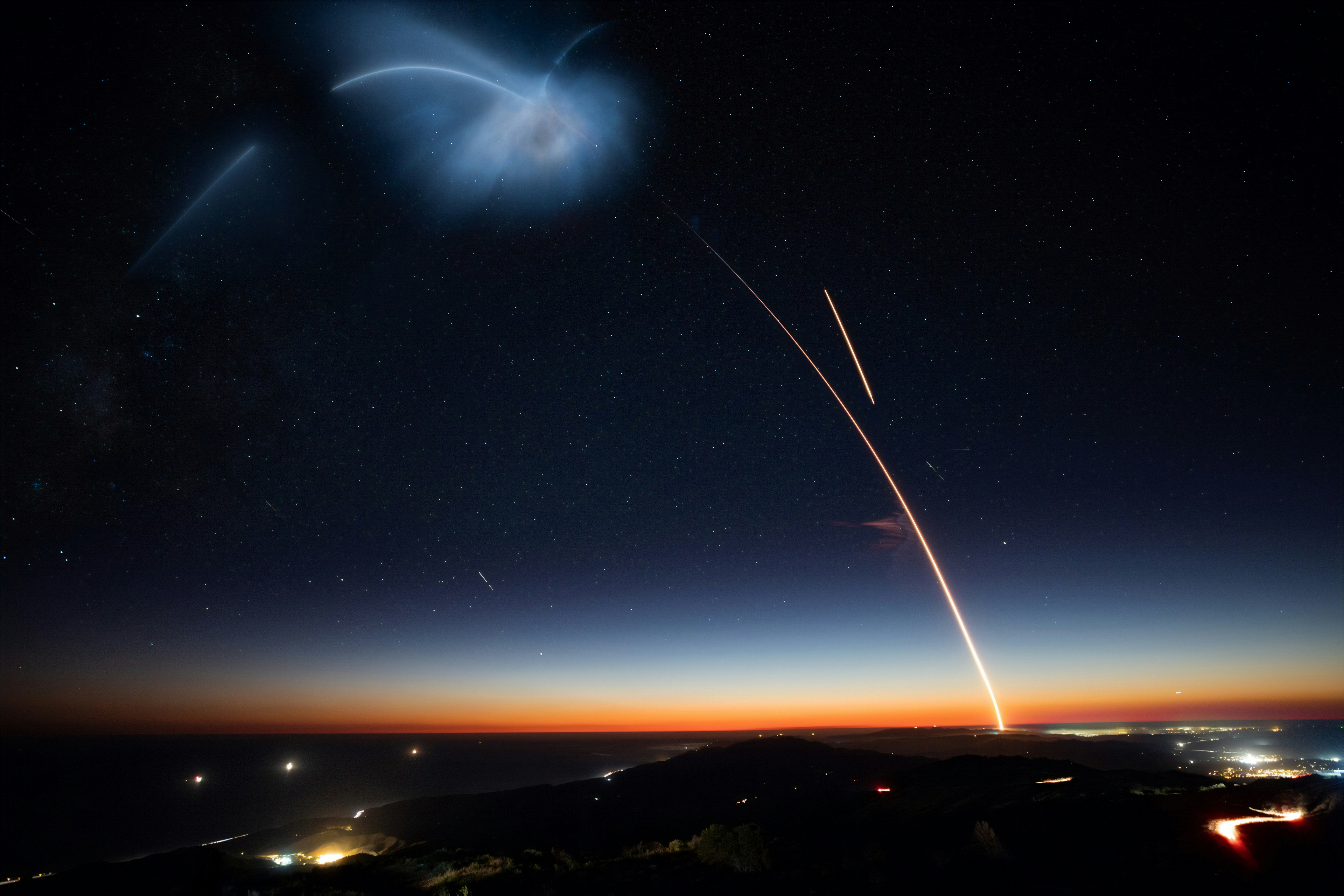· space brief · 4 min read
Space Brief 22 Aug 2025
SpaceX's X-37B spaceplane launch, featuring advanced tech, highlights today’s space events. The launch of the first reprogrammable navigation satellite by the US Space Force is another significant milestone.
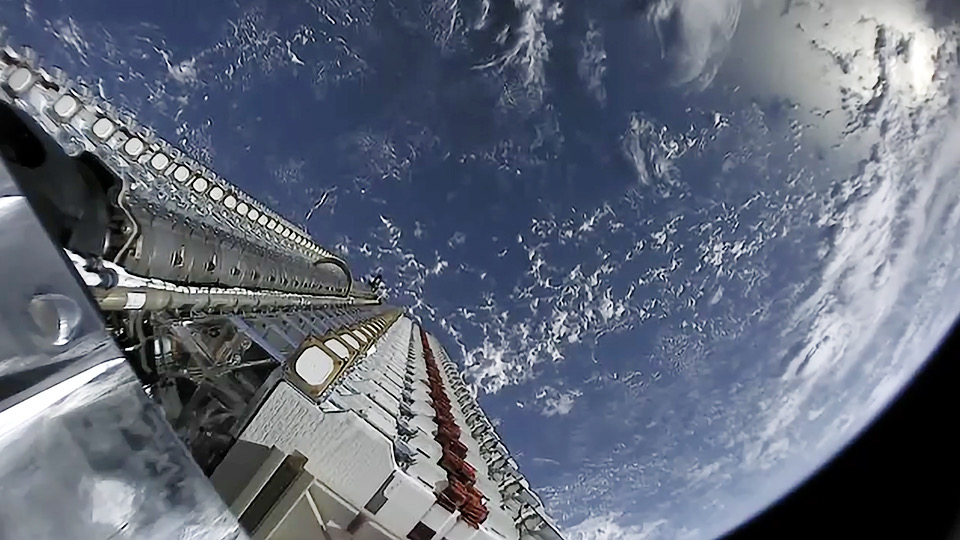
📄Top Stories
In a major event, SpaceX has successfully launched the X-37B spaceplane for its eighth mission, carrying a suite of experimental technologies into orbit. Meanwhile, the US Space Force has deployed a groundbreaking reprogrammable navigation satellite, the first of its kind in decades.
📰Detailed Coverage
SpaceX Launches X-37B Military Spaceplane on Eighth Mission
SpaceX has once again propelled the X-37B spaceplane into low Earth orbit as part of its eighth mission. Lifting off on a Falcon 9 rocket, this mission includes payloads designed to test advanced technologies such as laser communications and quantum navigation. The X-37B, an autonomous reusable vehicle, has been operated by the U.S. Space Force since its first launch in 2010 and is known for performing extended long-duration flights.
The mission remains largely classified, underscoring its strategic significance. Beyond its status as a reusable orbital tool, the spaceplane serves as a testing platform for numerous defense-oriented technologies. This launch demonstrates SpaceX’s ongoing partnership with the military, highlighting its role in facilitating innovative aerospace development. For those tracking such missions, our web app provides tools to observe these secretive journeys in real time.
Read the full story: SpaceNews
US Space Force Launches First Reprogrammable Navigation Satellite
Marking a historic milestone, the US Space Force successfully launched the L3Harris-built Navigation Technology Satellite-3 (NTS-3) aboard a Vulcan rocket. As the first reprogrammable positioning, navigation, and timing (PNT) satellite, NTS-3 aims to revolutionize satellite navigation with its capacity to adapt software in orbit, ensuring resilience against interference and obsolescence. This marks a significant investment in ensuring robust autonomous navigation capabilities.
The deployment of NTS-3 into Earth orbit reflects a groundbreaking step towards improving satellite navigation architectures. Experimental and operational innovations like these promise enhanced accuracy and reliability for both military and civilian applications. Such advancements are crucial for future satellite tracking capabilities and disruption-resilient navigation systems, enhancing functionality and security in crucial systems.
Read the full story: GPS Daily
🛰️Satellite Spotlight
- Satellite Name: COSMOS 2084
- NORAD ID: 20663
- Launch Date: June 21, 1990
- Mission: Early warning capabilities, specifically designed for surveillance and detection of missile launches.
- Orbit: Low Earth Orbit (LEO)
- Operator: PVO (Soviet Air Defense Forces)
- Fun Fact: COSMOS 2084 is part of the Oko program, which was one of the early systems for providing early warning of ballistic missile launches, enhancing national security during the Cold War era.
Track this satellite in real-time on our web app: Track COSMOS 2084
🚀 Upcoming Space Launches
August 22
- SpaceX Falcon 9 Block 5:
- OTV-8 (X-37B) (USSF-36) from Kennedy Space Center (03:40 UTC) Eighth flight of the X-37B program conducting experiments and operational demonstrations of next-generation technologies.
- SpaceX Falcon 9 Block 5:
- Starlink Group 17-6 from Vandenberg Space Force Base (15:44 UTC) A batch of 24 satellites for the Starlink mega-constellation.
August 23
- Blue Origin New Shepard:
- NS-35 from West Texas Launch Site (12:30 UTC) This flight will carry more than 40 scientific and research payloads, including experiments from various institutions.
- Rocket Lab Electron:
- Live, Laugh, Launch from Rocket Lab Launch Complex 1, Mahia Peninsula, New Zealand (22:30 UTC) A mission deploying 5 satellites to a 655 km circular Earth orbit for a confidential customer.
August 24
- SpaceX Falcon 9 Block 5:
- Dragon CRS-2 SpX-33 from Cape Canaveral Space Force Station (06:45 UTC) 33rd commercial resupply services mission to the International Space Station.
- SpaceX Starship:
- Flight 10 from SpaceX Starbase, TX, USA (23:30 UTC) 10th test flight of the two-stage Starship launch vehicle.
August 25
- China Aerospace Science and Technology Corporation Long March 8A:
- Unknown Payload from Wenchang Space Launch Site, China (19:00 UTC)
August 26
- SpaceX Falcon 9 Block 5:
- NAOS from Vandenberg Space Force Base (18:53 UTC) Launch of Luxembourg’s NAOS satellite with high-resolution optical camera, along with additional secondary payloads.
August 27
- SpaceX Falcon 9 Block 5:
- Starlink Group 10-11 from Kennedy Space Center (05:49 UTC) A batch of 28 satellites for the Starlink mega-constellation.
Note: Launch dates and times are subject to change due to technical or weather considerations.

Maurice Stellarski


